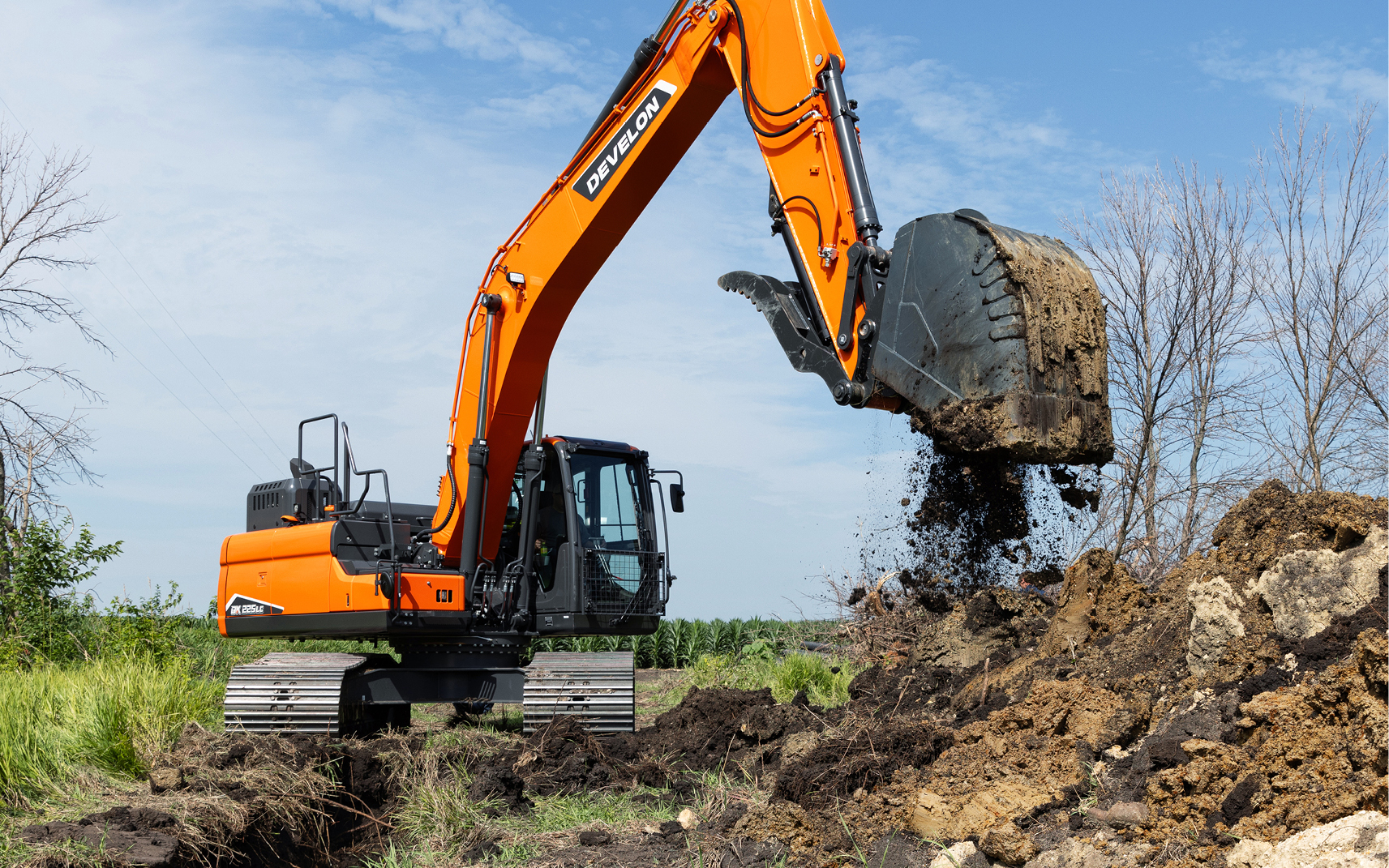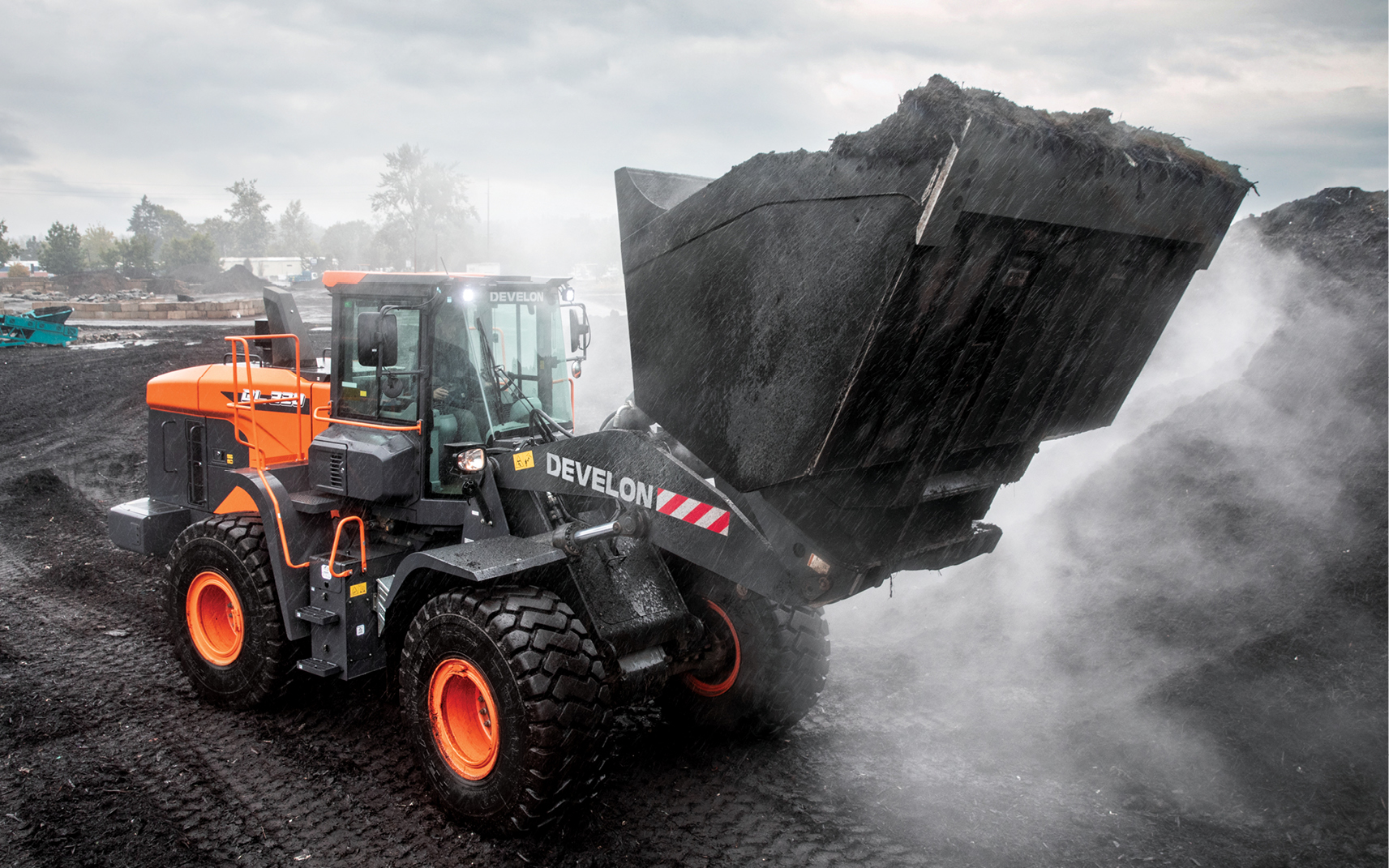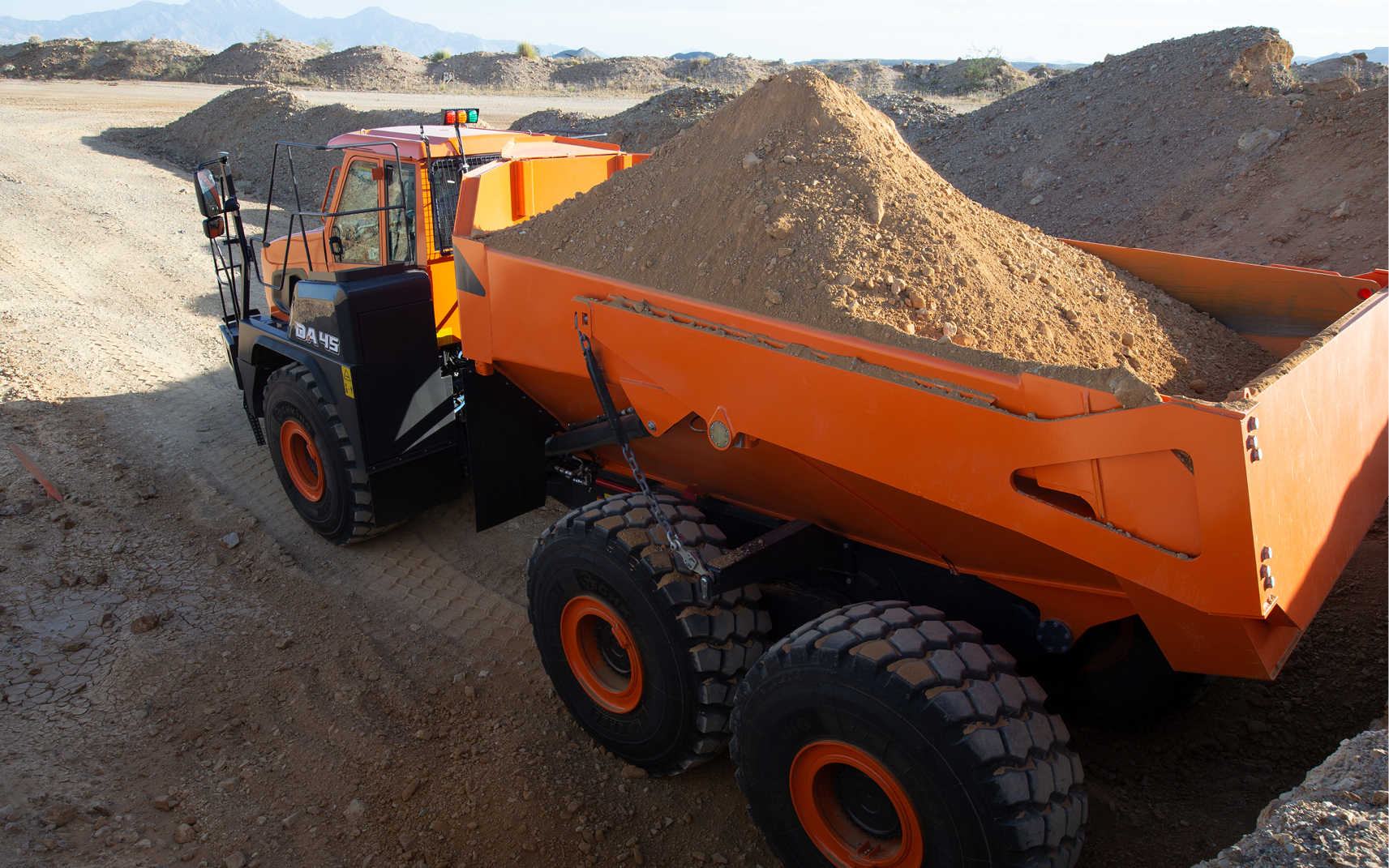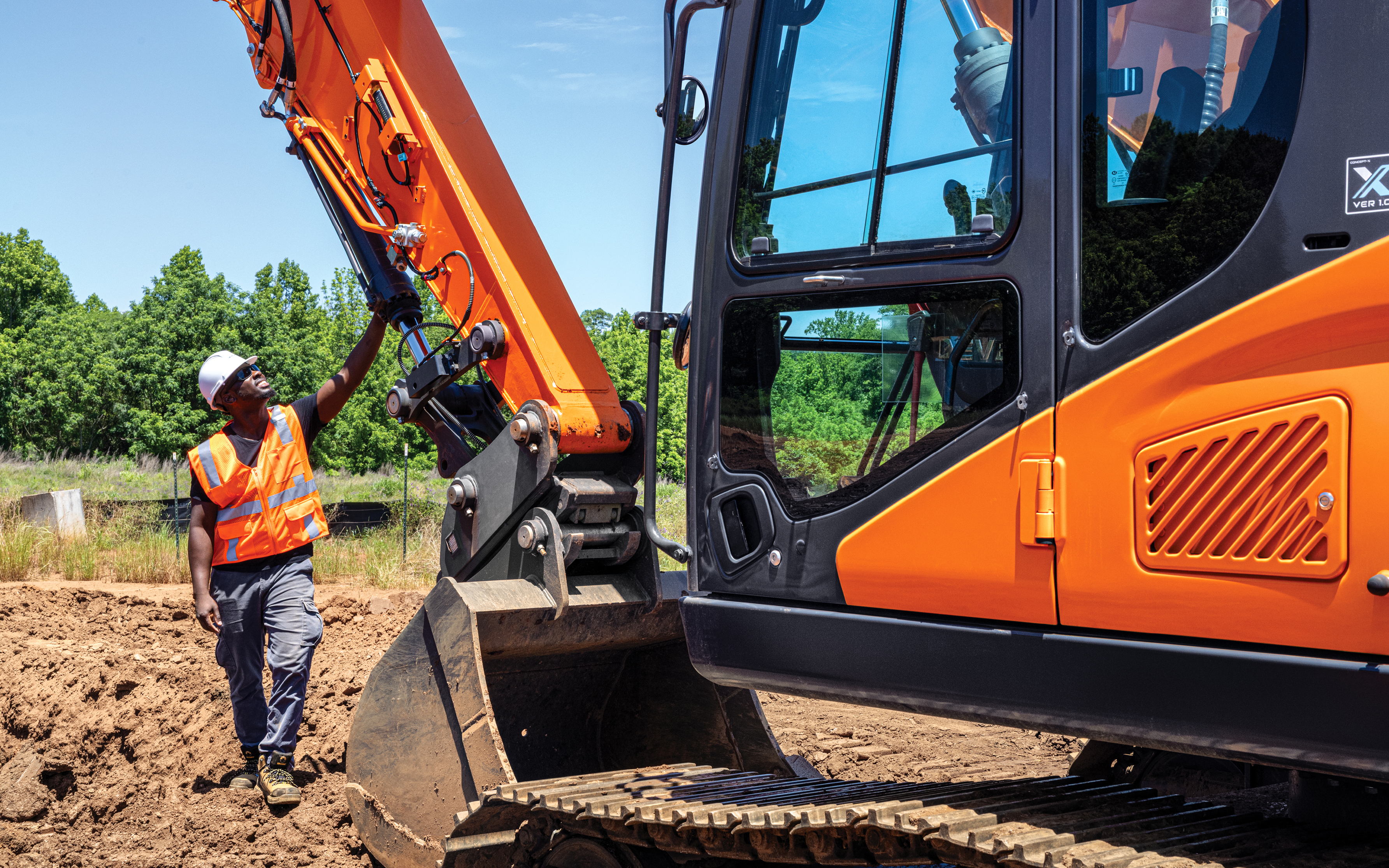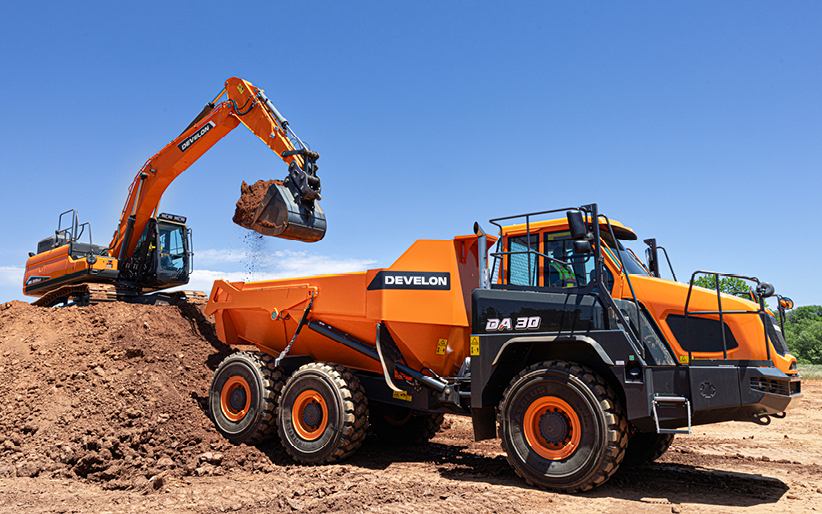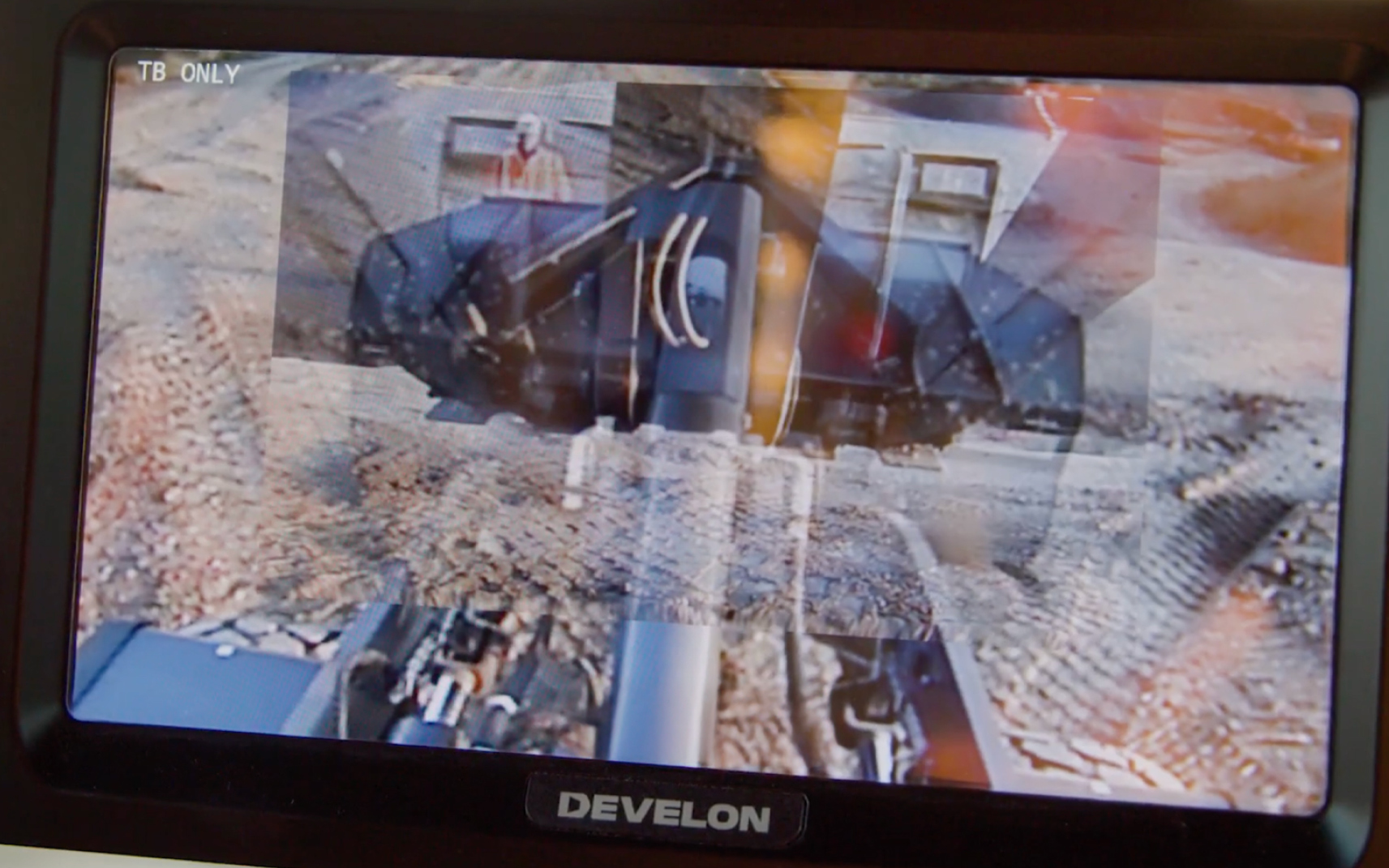As we approach the end of the year, you may be weighing the merits of a year-end heavy equipment purchase. The benefits can be many, from optimizing taxable income to enhancing operational capabilities. And these benefits can boost your financial position for future success and minimize your tax implications.
Here is how strategic equipment purchases can pave the way for a healthier financial outlook by reducing fiscal load as well as a competitive edge for business owners in the construction industry.
Understanding Section 179: A Key Tax Break for Businesses
Year-end heavy equipment purchases can be a smart move if you’re looking to lighten your tax load and gear up for the year ahead.
A significant benefit of Section 179 expenses are depreciation deductions. This will be explained in more detail in this section.
Section 179: Qualifying Equipment
Section 179 of the IRS tax code allows companies — including those in construction, forestry, mining, recycling and farming — to take a tax deduction equal to the price of qualifying equipment purchases in a given tax year.
For instance, if you financed $100,000 worth of equipment, you can deduct the full $100,000 from gross income for the current tax year even if you haven’t paid off the entire equipment purchase within the calendar year. By leveraging the Section 179 deduction, the true cost of the equipment, whether purchased, financed or leased, drops to $65,000. That’s a significant savings of $35,000 (assuming 35% tax).
Equipment Finance Tax Benefits
Eligibility and limitations of Section 179 deduction include the following:
- Companies can claim a maximum deduction up to $2,500,000 in 2025 taxes for eligible equipment cost up to $4,000,000.
- Equipment purchases between $2,500,000–$4,000,000: The maximum deduction limit $2,500,000.
- The maximum deduction begins to decline once the equipment purchase exceeds $4,000,000.
- Equipment purchases between $4,000,000-$6,400,000: declined deduction limit. See the section 179 calculator. Section 179 Tax Deduction Calculator.
- Deduction fully phases out at $6,500,000 total Equipment purchases.
- 100% of bonus depreciation deduction is also available to write off if equipment cost is more than $2,500,000.
- The equipment must be used for business purposes more than 50% of the time to qualify. You can multiply the cost of the equipment by the percentage of your business use to determine the amount you are eligible for under Section 179.
Note that Section 179 differs from bonus depreciation. Section 179 is a dollar-based tax deduction, whereas bonus depreciation is a percentage-based deduction. Dealers are advised to consult with a tax professional to help them determine the best option for as per current business condition and circumstances.
Each small business’s situation differs and tax code details change year to year, so the following information should not be taken as legal or tax advice.
Exploring Section 179 with your tax advisor could lead to a significant equipment tax deduction on a year-end purchase of your next piece of equipment.
You can also use the Section 179 Tax Deduction Calculator to get a general sense of your cost savings. The calculator allows you to enter your equipment costs and tax bracket to calculate potential tax savings.
How to Claim Section 179
Claiming Section 179 is a clear-cut process. Businesses must simply list their qualifying purchases on Form 4562 and submit it with their tax return. It’s paramount, however, to please consult with a tax professional to ensure accuracy
Tax Benefits of Leasing Equipment vs. Buying
In addition to taking advantage of Section 179, there are several ways you can purchase new equipment. The two most common options for construction equipment financing are leasing and borrowing money (i.e., taking out a loan). A third choice is a rental purchase option (RPO) if you prefer to rent before buying a machine. An RPO is a flexible option for businesses that may not be ready to commit to buying a machine.
Discover the tax benefits of leasing versus buying equipment in the sections below.
| Option | Benefits | Ideal For |
|---|---|---|
| Leasing | Smaller monthly payments; Write off lease payments; Option to purchase at the end; Flexible for short-term projects or harsh environments. | Short-term projects, seasonal work, or environments where equipment wears out quickly. |
| Rental Purchase Option (RPO) | Build equity in the equipment; Flexibility to decide on purchase at end of term; Good for uncertain project durations or new users. | Uncertain project durations, new users of heavy equipment, or when flexibility is needed. |
| Financing (Loan) | Immediate ownership; Larger down payments can reduce monthly costs; Fixed asset for long-term use; May have higher interest rates. | Long-term projects or when equipment is essential to daily operations; businesses looking to own assets outright. |
Interest rates vary for equipment leases and loans depending on your business, your credit score and how many pieces of equipment you’re acquiring. The purchase price, lease payments and lease term can be negotiated with your local equipment dealer.
Most lenders offer unsubsidized rates and subsidized rates. Unsubsidized rates (standard rates) on most equipment loans range from 6% to 9%. However, some lenders can offer subsidized rates of 0% financing on selected terms so you don’t pay any interest.
Typical financing terms range from 12 months to 60 months, but the most popular term for financing construction equipment is 36 months.
Some manufacturers offer a 72-month term for smaller construction equipment, like mini excavators. Compare rates, terms and fees when shopping for an equipment loan.
How to Apply for Heavy Equipment Financing
The application process for leasing and buying equipment can vary depending on where you apply. Start by speaking with your local dealer to determine what financing or leasing options make sense for your business.
If you want to finance through your dealer, they can direct you to an online portal to apply. This is typically a one-page credit application that requests basic information about your business:
- Company legal name
- Address
- Phone number
- Tax ID
- Requested financing amount
You can provide personal information to get a personal guarantee on the request. Generally, a personal guarantee is recommended if you are a newer business.
Once your dealer has all your information, a sales specialist can submit a credit application in less than 30 seconds.
While every lender is different, it’s usually easier to qualify for an equipment loan or lease with a manufacturing lending partner.
If you’ve been operating your business for a few years and have a good credit history and comparable borrowing and cash flow, you may qualify for a loan or lease at a competitive rate. If you have limited credit history or cash flow, you may be able to qualify by showing your business expenses or financials or offering a down payment for the equipment. Your dealer may also decide to work with alternative lending partners to help you figure out financing options.
Once a lender receives your information, you can usually find out if you’re approved within minutes. Some lenders can take three to five business days if you have existing exposure or your current request needs structuring. If you’re approved, all you need to do is sign paperwork and receive equipment delivery; the funds will be disbursed directly to your local dealership.
Learn more about buying, leasing or financing construction equipment.

By Nitesh Kalwar, Financing Strategy and Risk Manager
Nitesh Kalwar is financing strategy and risk manager at DEVELON. He leads financing strategy and risk management for all commercial and consumer financing for DEVELON dealer networks and manages relationships with DEVELON approved lenders.

